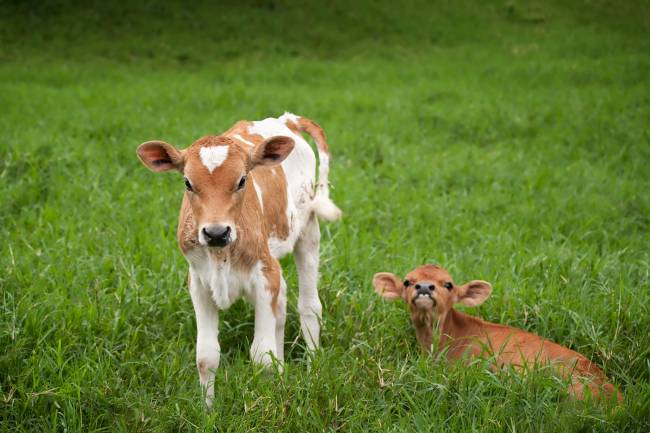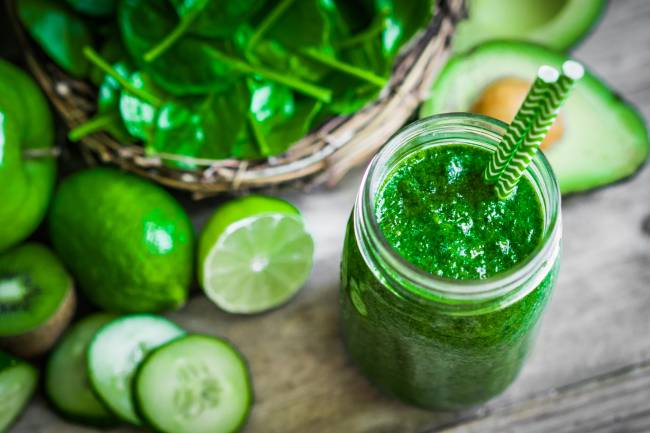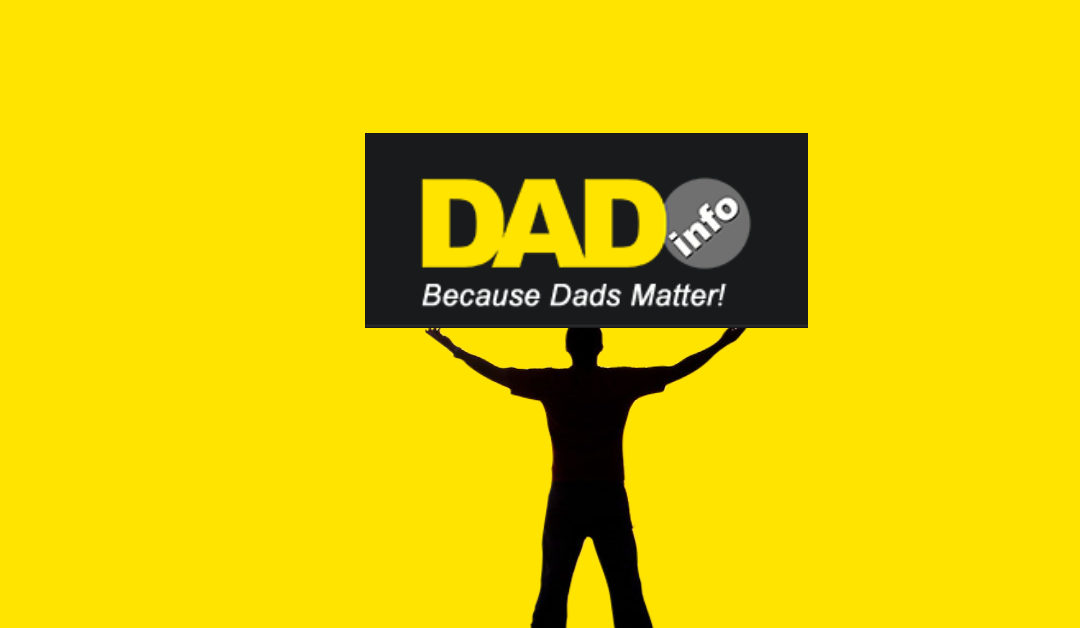If you think being vegan means being scrawny, out-of-shape and unhealthy, it’s time to think again. Athletes around the world, such as US Olympic weightlifter, Kendrick Farris – and some of our biggest movie (Jared Leto; Samuel L. Jackson) and music (Justin Timberlake; Jack Johnson) stars – are showing that adopting a plant-based, vegan lifestyle can leave you feeling fitter, healthier and happier.
Plus, as well as helping you to avoid some of the devastating illnesses linked to our meat-heavy western diets, going vegan makes sense for the planet too, as well as being a kinder option for animals. To celebrate World Vegan Month, which takes place each November, Vegfest UK supporter and top triathlete, Dave Sheahan, shares his top tips for building muscle on a vegan diet…
Not that long ago, I too was of the opinion that veganism was like a cult and that the beliefs surrounding veganism were ridiculous. My bodybuilding background, as well as the fitness and nutrition courses I regularly attended conditioned me into believing that building muscle and being lean meant needing to eat lots of animal protein, dairy, eggs and daily whey-protein shakes.
Being lean and toned and performing well athletically were always my primary concerns, so veganism seemed like an alien concept. However, my beliefs started to change around 11 years ago, as I started a journey of discovery and extensive research that lead to me adopting a 100% plant-based vegan lifestyle.
I became a vegan on January 1st 2012, and it’s been the best decision I’ve ever made on so many levels. Now, competing as a plant-powered triathlete, my performance and recovery have never been better. Losing fat and gaining lean muscle has never been easier. And staying in shape is so much easier than when I was consuming animal products. So how do you stay in shape and build muscle on a plant-based diet? Time to share a few tips and facts…
If you train to build muscle then your goal is to rip your muscles apart, creating as many microfibre tears as possible. This is the first step in building muscle, and it’s the goal whether you’re vegan or not. The next step in the process is providing your body with the required nutrients for muscle repair.
Getting quality rest and sleep also play an important role, but nutrition is 80% of the process.
Beef, milk, eggs and whey protein were always seen as the nutrition necessary for this repair process, but this is not the case. We require a fraction of the protein intake the food and supplement industry would like us to think. Also, these foods are all highly acidic so they cause inflammation and increased fat storage around the belly area.

While protein is an important nutrient for body repair, so too are vitamins, minerals and most importantly, chlorophyll. We get chlorophyll from green, leafy vegetables such as kale, spinach, broccoli and wheatgrass – these are actually the most important food sources for body repair.
If you’re not a fan of eating your greens, then I recommend getting a blender and making up some tasty, green smoothies to get these nutrients, as eating them as wholefoods isn’t everyone’s cup of tea. Vitamins and minerals need to be the foundation of a good nutrition plan, whatever your goal: fat loss, muscle building or just experiencing optimal health.

For your protein, use plant-based sources like kidney beans, chickpeas, lentils, nuts and nut butters, seeds, tofu, seitan and avocados, and if you’re using powders for added protein, try products from Sunwarrior or Vega. Start putting natural, wholefood powders in your body and not synthetic, whey-based concoctions that our bodies are not designed to break down.
As well as following a balanced whole food plant-based nutrition plan, it’s important that you create the right muscular stimulation to build muscle. Without the right stimulation, your body has no reason to change. There are three keys to effective exercise:
1. Intensity
You should aim to hit ‘muscular failure’ with every set, which means repeating an exercise to the point of momentary muscular failure, where a repetition fails due to inadequate muscular strength. The body will only be forced to adapt itself should it get this stimulation. Otherwise, it’s just training and the results will be minimal.
2. Progression
No two workouts should ever be the same. Once you do a workout, your body will adapt to the stimulus and grow fitter and stronger. This is based on the assumption that you give your body the required nutrition and rest. With each session, you can do more. You physically have no limit. So plan each workout to include progression on the previous one.
3. Muscle Confusion
If you follow the same program for too long, your body will get bored – and so will you! This will lead to minimal results or even a plateau once you pass a certain point on a program. I recommend that you change your training program every fortnight or even more frequently. The more muscle confusion, the more stimulation – and the faster the results.
The important thing to be clear on for maximum results is implementing these three keys to every workout. Then you will maximise your results. The same three keys apply to maximising your cardiovascular stimulation too. No matter what type of workout you’re doing, implement the three keys. Then let your plant-based vegan nutrition plan do the rest to repair your body. You’ll experience faster fat loss, greater lean-muscle gain and improved athletic performance following these tips.
Now watch the video to find out more:
I hope this article has given you a new perspective on the plant-based diet, and that you can now see that staying in shape as a vegan isn’t difficult – it can even be easier than relying on meat to build muscle.
Once you train correctly and effectively, and combine it with a balanced, vegan nutrition plan, you’ll see results fast. We’ve all been conditioned to believe that it’s impossible to gain muscle and get in shape on a plant-based diet, but seeing incredible vegan athletes and Olympic champions, including weightlifter Kendrick Farris, runner Carl Lewis, and tennis stars Venus and Serena Williams, should hopefully change your mind – or at least get you thinking and inspiring you to do some research. Good luck with your training!
Do you have a training or muscle-building experience to share? Let’s get the conversation going below.
Dave Sheahan is a vegan triathlete, high-performance coach, and the founder of Go Vegan Grow. He’s also a supporter of VegFest UK, the organisation behind Europe’s biggest vegan events. VegFest Scotland takes place at the SECC in Glasgow on 3rd and 4th December 2016. Find out how you can get tickets at vegfestscotland.com. For more information on World Vegan Month, go to vegansociety.com







